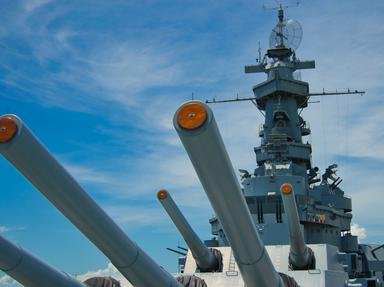Quiz Answer Key and Fun Facts
1. Name the commander of the U-Boat that sank the liner Laconia in September 1942.
2. Which half-sunken warship was used as a gun platform against the advancing Soviet Army?
3. What was the main visual feature that distinguished the Scharnhorst from her sister ship, the Gneisenau?
4. It is reported that only 116 survivors were picked up, but approximately how many men were on the battleship Bismarck during her final battle in Operation Rheinübung ?
5. Which ship 'dashed' through the English Channel with the Scharnhorst and the Gneisenau?
6. When Kapitänleutnant Günther Prien penetrated Scapa Flow in U-47 in October 1939, the fleet anchorage was virtually deserted. Where were the major units of the Home Fleet?
7. On her Atlantic cruise which 'regular' warship briefly disguised herself to deceive the enemy?
8. A number of German warships were torpedoed by British submarines during World War II, but which Royal Navy submarine hit two cruisers during a single attack?
9. What was the code-name for the Atlantic cruise of the Scharnhorst and Gneisenau in February 1941?
10. Name the German ship that was controversially sunk by a U-Boat in March 1943.
11. How did the light cruiser Köln end the war?
12. Of the nine Hilfskreuzer - which two made more than one war cruise?
13. Who was Hitler's Naval adjutant?
14. In June 1940, in an action during which the Scharnhorst and the Gneisenau sank the British aircraft carrier HMS Glorious, the Scharnhorst was badly damaged by a torpedo hit from which British destroyer?
15. Which German warship was rammed and almost cut in two by another German warship?
Source: Author
tirpitz44
This quiz was reviewed by FunTrivia editor
bloomsby before going online.
Any errors found in FunTrivia content are routinely corrected through our feedback system.

